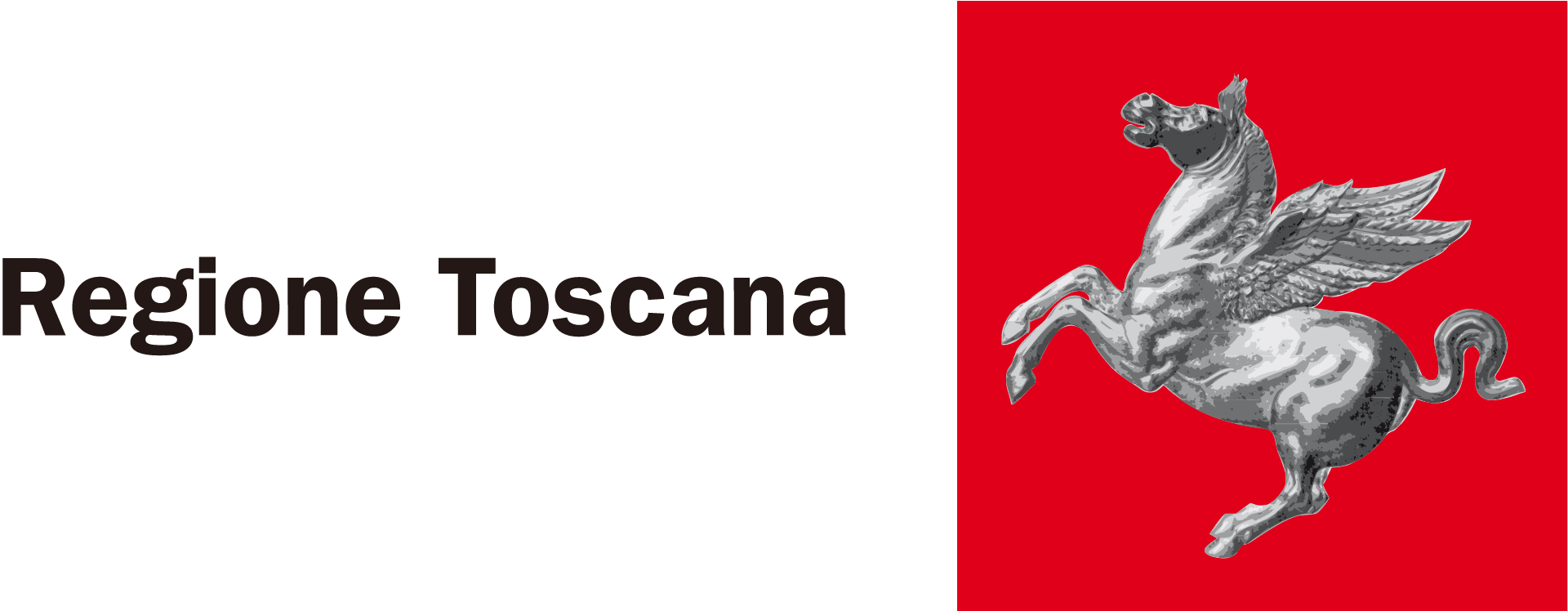Published in EyesReg – Giornale di Scienze Regionali
According to many expectations, the so-called “slow” tourism, which is predominantly characterized by a cultural and experiential content, should have the ability to act as an important driver of economic growth. This is particularly true for those rural areas and small historical towns that were traditionally left on the sidelines of industrial and tertiary development.
The enhancement of the Via Francigena, promoted in the “Mayor Cultural Routes” programme of the Council of Europe, represents a very interesting case in this respect. The present impact evaluation concerning the Tuscan stretch of road was carried out following three different methodologies, and seems to confirm the expected positive effect.
Autore: Enrico Conti, Sabrina Iommi, Leonardo Piccini, Stefano Rosignoli









